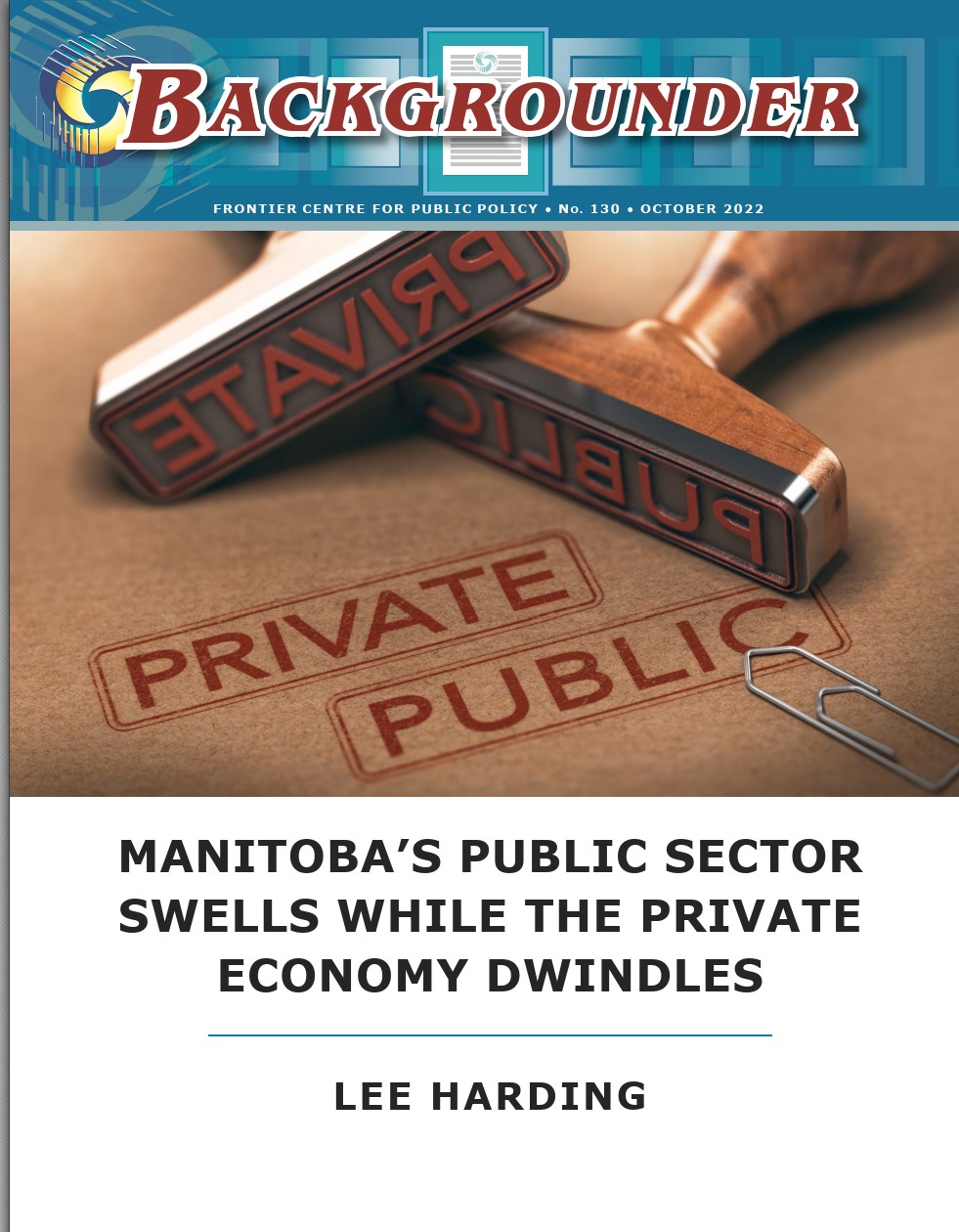Executive Summary
- Since 2015 Manitoba has restrained the growth in provincial government administration to a relatively modest 7.9 percent, which is slightly below the growth in the population.
- Restraint at the provincial level has allowed Manitoba to do slightly better than Saskatchewan, and Manitoba is still doing better than Newfoundland and Labrador, PEI, and New Brunswick.
- Manitoba’s public sector, however, didn’t lose workers. Manitoba’s has 169 public employees per 1,000 people which is the third-highest in the country, exceeded only by Saskatchewan (178) and PEI (175).
- The Canadian average for public sector as a percentage of the workforce is 21.8 percent, but Manitoba is still much higher at 27 percent—almost a quarter higher.
- According to Statistics Canada, the average public administration salary in Manitoba was $35.84 per hour in 2021 and the province had 179,500 public sector employees. If Manitoba’s public sector was at the Canadian average, it would have only 144,526 public sector employees. This represents 34,974 fewer public employees which would save taxpayers over $2.6B annually (this figure would be even higher if overtime, pensions, and benefits were considered).
- There has been exceptionally rapid growth of the federal government since 2015—federal government administration expenditure in Manitoba grew by 67.9 percent, showing that both the number and the pay were increasing.



